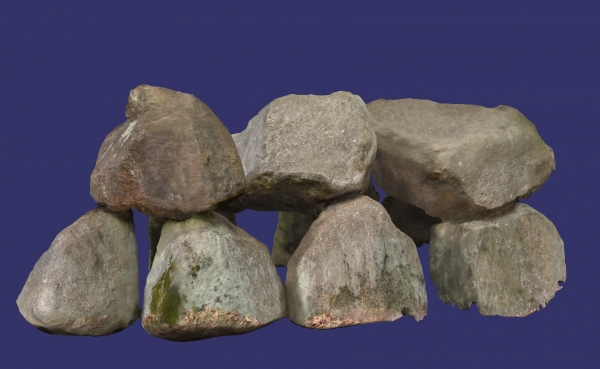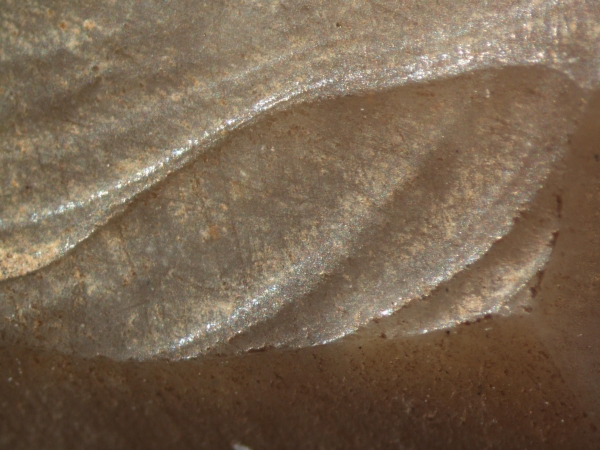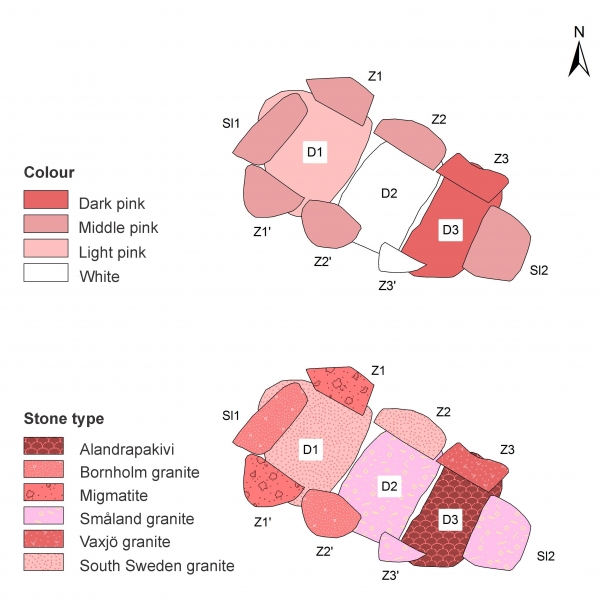Research project
Funnelbeaker Material Practices
Ongoing microwear analysis of the flint artefacts from the Funnelbeaker period suggests that flint had a pivotal role in the representation and structuration of the cosmological order of Funnelbeaker society.
- Contact
- Annelou van Gijn

The Funnelbeaker culture in the Netherlands (c. 3400-2900 BC)
Flint seems to symbolize the tripartite division of Funnelbeaker cosmology into the land of the living (represented by the settlement flint), that of the dead (the flint objects in the megalithic burial places) and that of the mythical ancestors (represented by the deposition of oversized axes and nodules in rivers).

The world of the living
The majority of the tools are poorly made flakes with scrapers being the most important retouched implement. These tools were used to carry out a variety of household tasks. Axes and sickle blades are rarely found in these assemblages and transverse arrowheads occurred, but not in great numbers.
The world of the dead
The dead, in contrast, were accompanied by a selection of domestic tools, especially those related to agriculture: axes, sickle blades and strike-a-lights. In addition large numbers of very haphazardly made transverse arrowheads and flakes were found, many of which displayed curious scratches.

The world of the ancestors
Territories between individual settlements were separated by small streams in which oversized axes and nodules were deposited. These did not display traces of regular use but showed traces of ochre and polish from wrapping.
The importance of the colour RED
Research of the stones selected for megalith construction seems to indicate a preference for pink granites. These are also chosen for making grinding stones and for tempering pottery. The red Helgoland flint, like that of the Een 1940 deposition likewise seems to be imbued with special significance.

